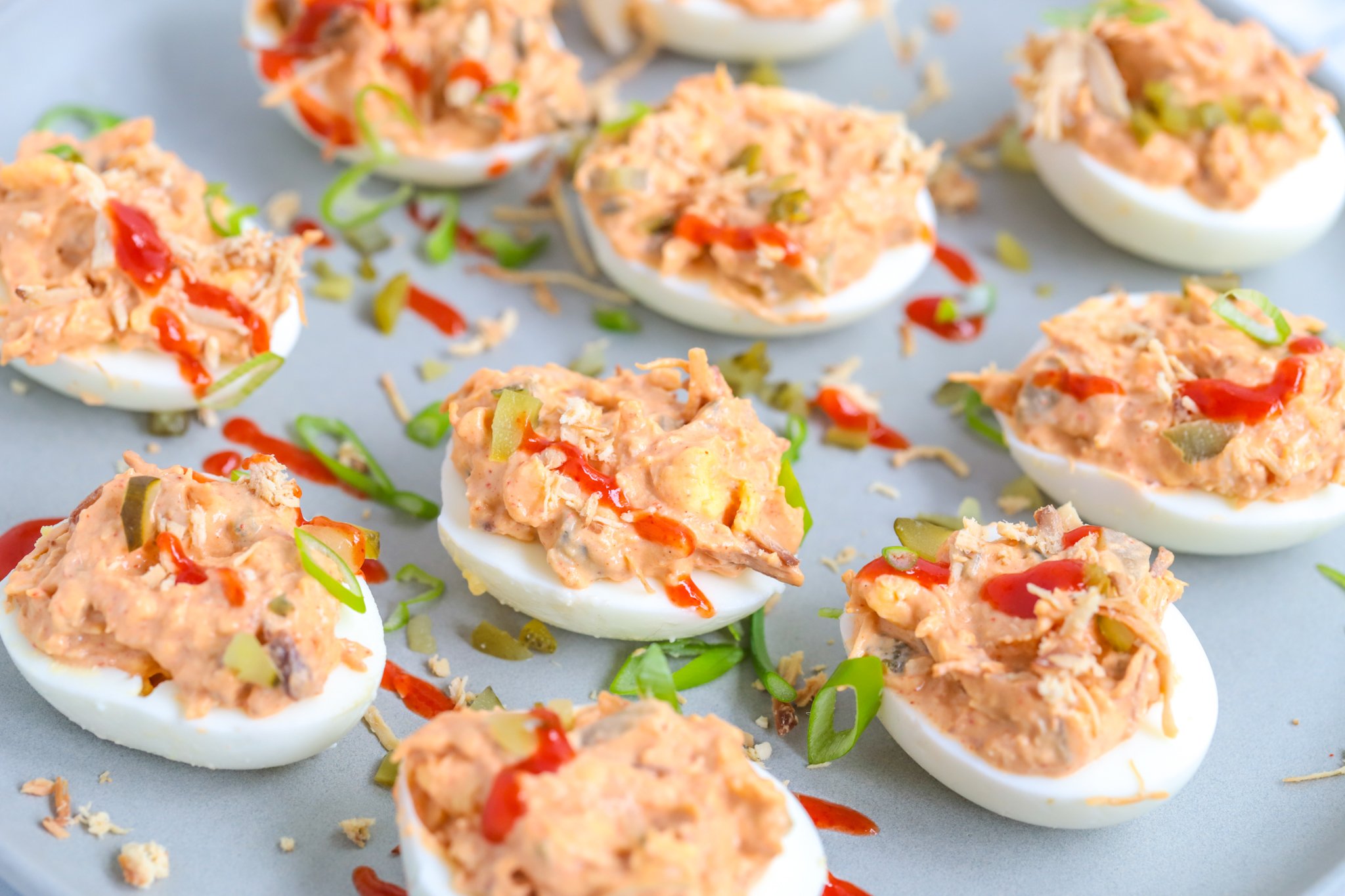Sustainable Kitchen Practices to Up-Cycle Your Foods
According to SaveTheFood.com, 40% of the food in America is wasted. If you've ever opened your fridge to find you forgot to use up the rest of those leftovers or that the produce you popped in there earlier this week went bad, just know that you're not alone. This isn't meant to guilt you -- we've all done this before (repeatedly!) and today, I'll share some suggestions on coming together on this common ground to up-cycle foods.
No, that doesn't mean you need to eat foods that have long passed their prime, but instead, it means being more vigilant when shopping for your groceries and with what's in your kitchen.
Here's how to up-cycle your food and help reduce the percentage of food waste on our beautiful planet.
Only buy what you need
It can be tempting to buy things when they're on sale but think about how you'll use those things before tossing them in your cart. If you can't eat 3 cartons of cherry tomatoes before they go bad, don't buy that many.
Or freeze it
But if, say, you're planning a barbecue get-together in a few weeks, and extra of something would be handy, freeze it to use for your event.
Use your scraps
You can take scraps from your kitchen and make a compost pile. Or you can up-cycle those potato and carrot peels, onion ends, and other bits by tossing them in a large plastic zipper bag in your freezer. Once that bag is full, boil it together to make your own vegetable stock.
Donate it
Sadly, there are many people out there in need of food. Before you overstock your cabinets again, call around town to local soup kitchens and shelters, and see if your perishable foods would be used for a good cause.
Rescue food before it goes completely bad
When bananas get mushy, the kids won't touch them. Turn it into banana bread! Even the broth we mentioned above is a way to up-cycle your foods.
If we all look for creative ways to up-cycle our foods, we can cut down on the amount we waste, and that's a deliciously beautiful way to save our planet.











